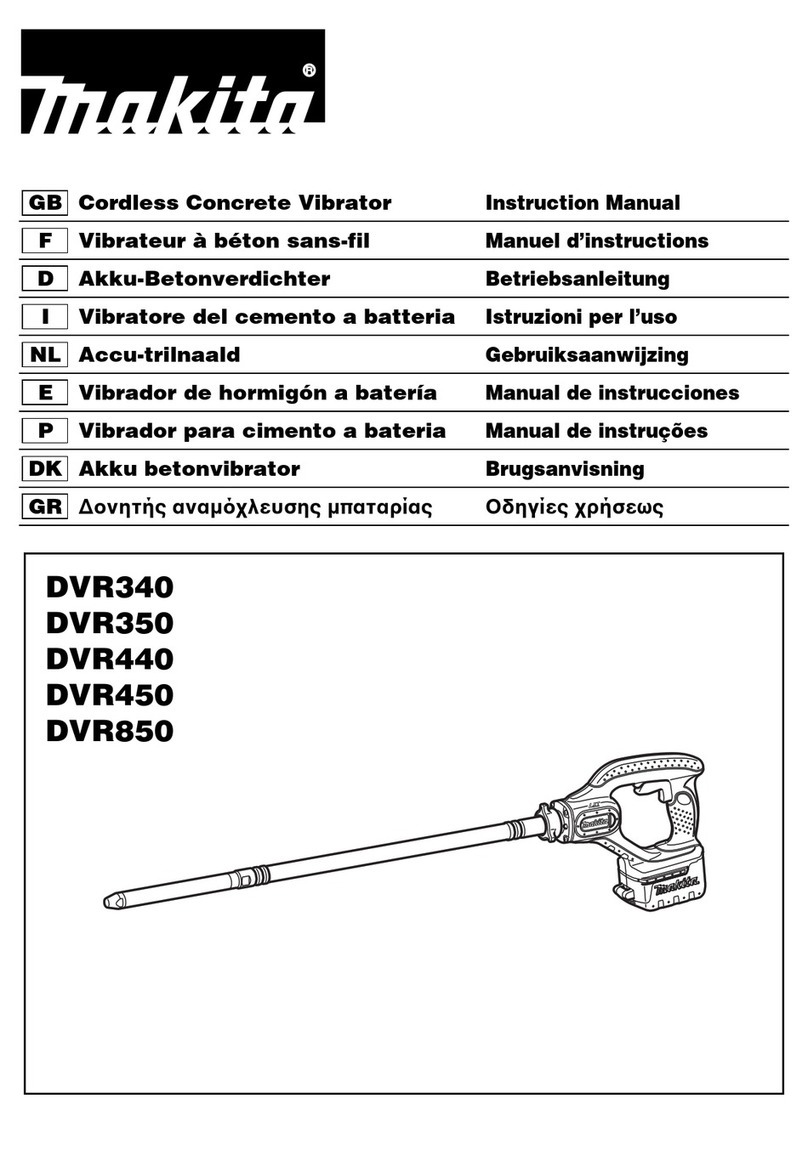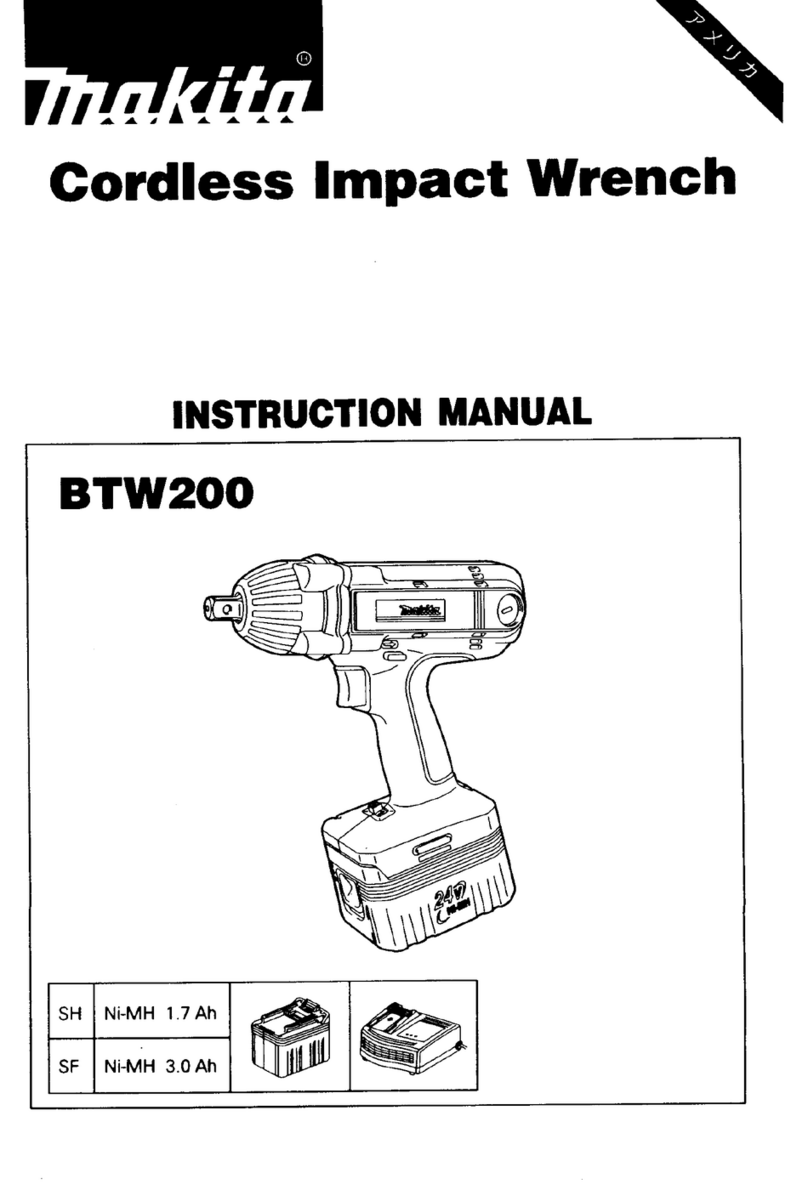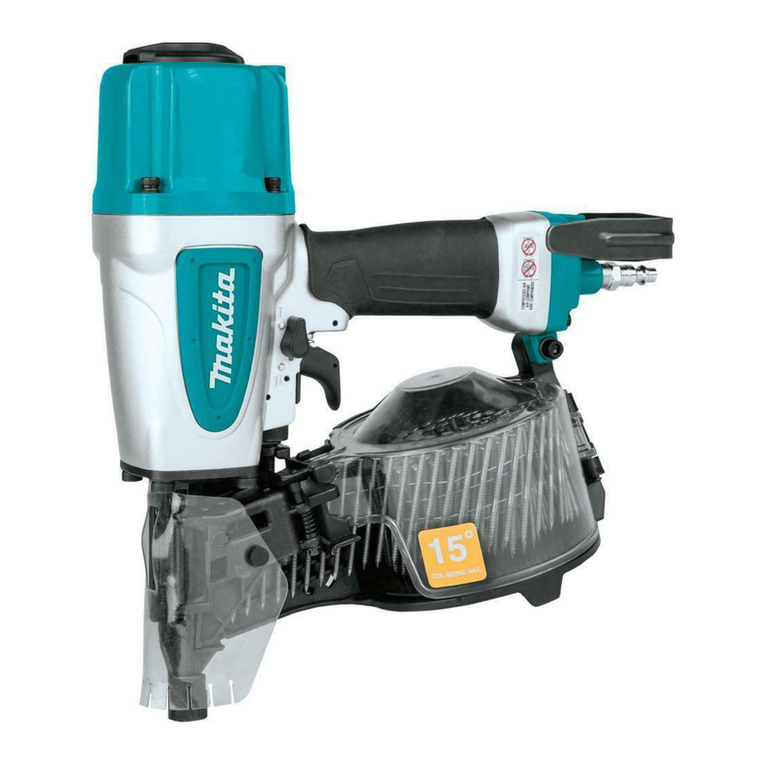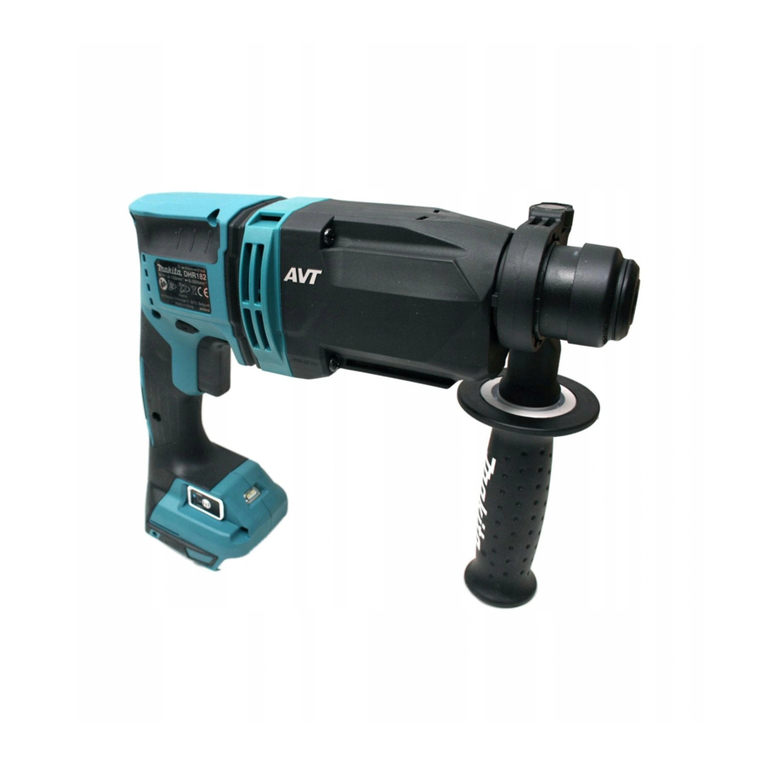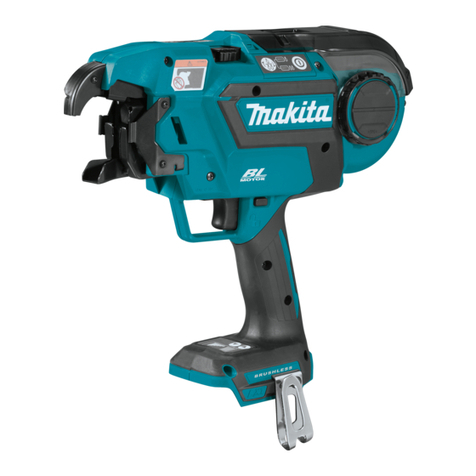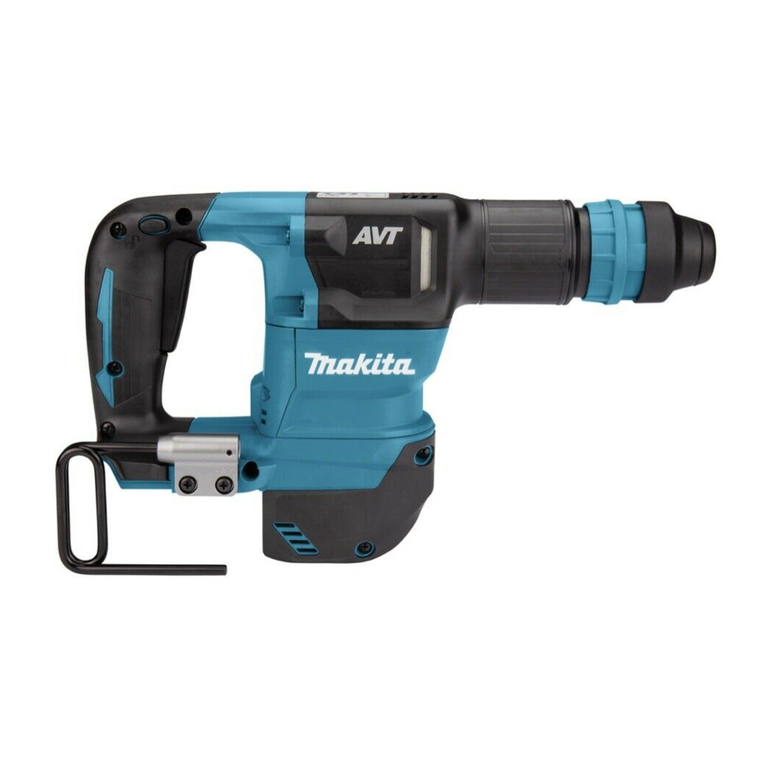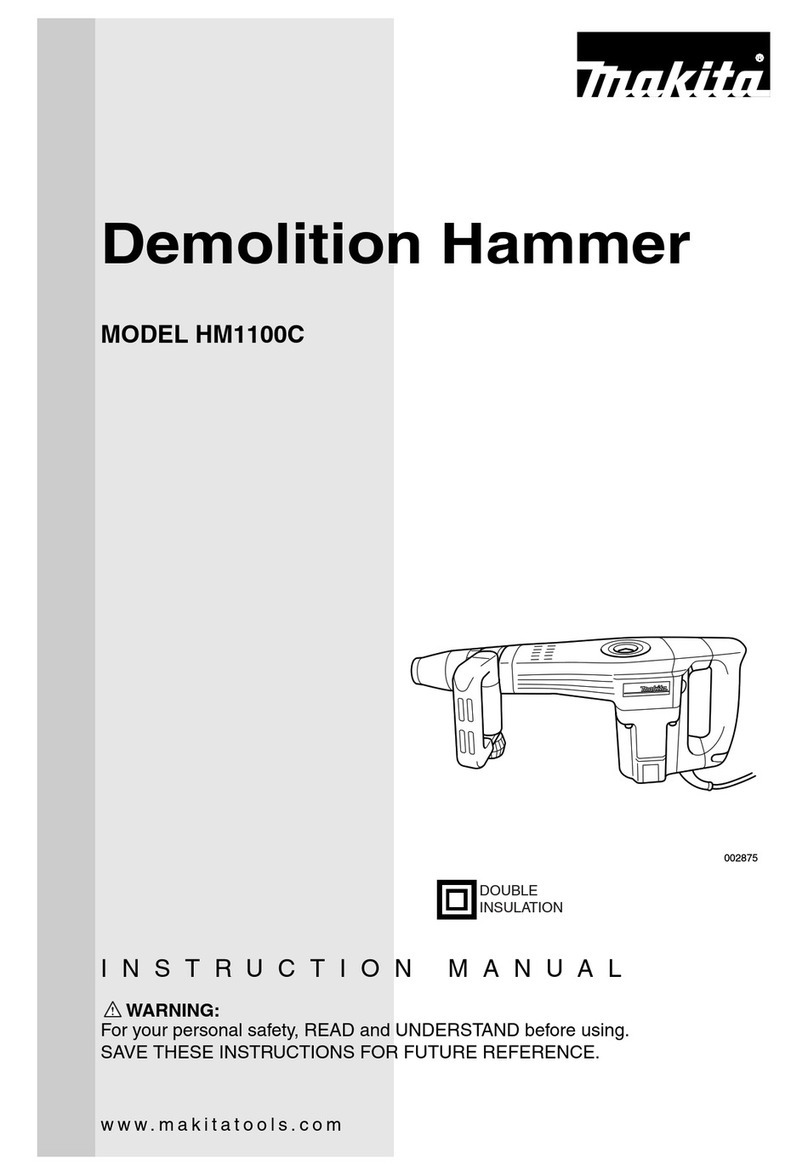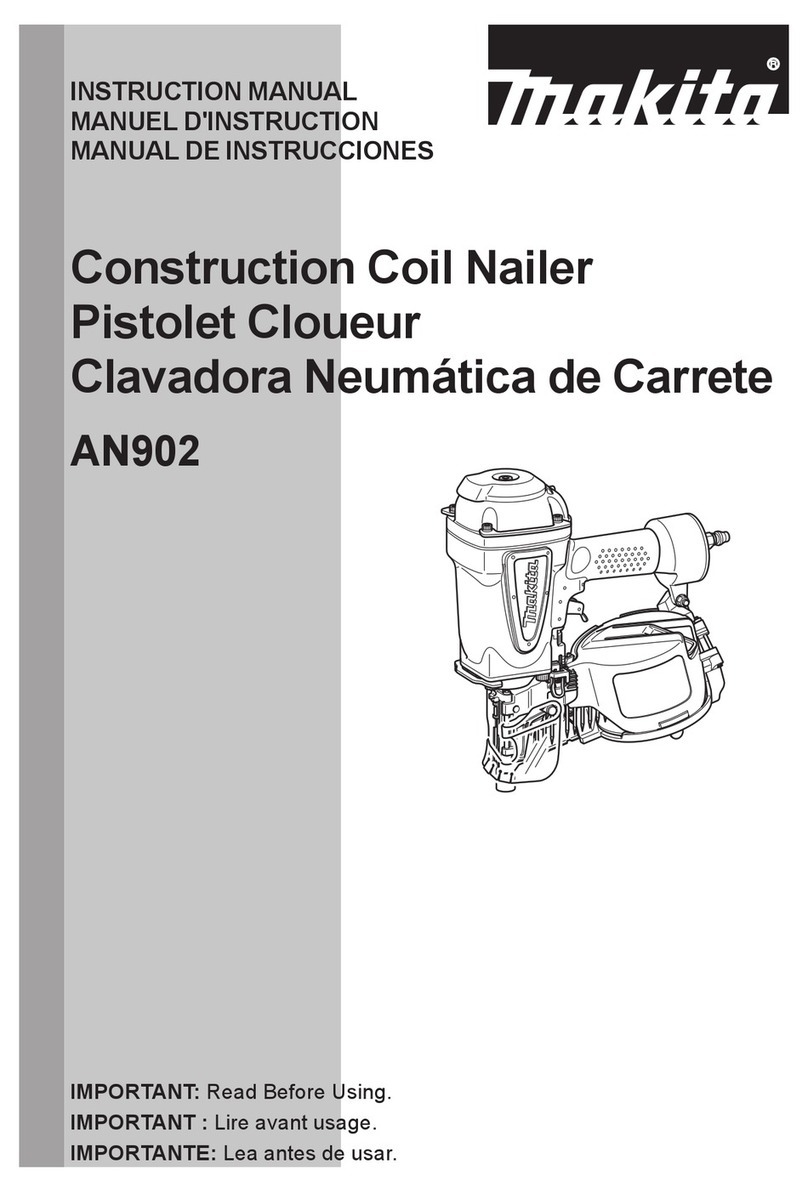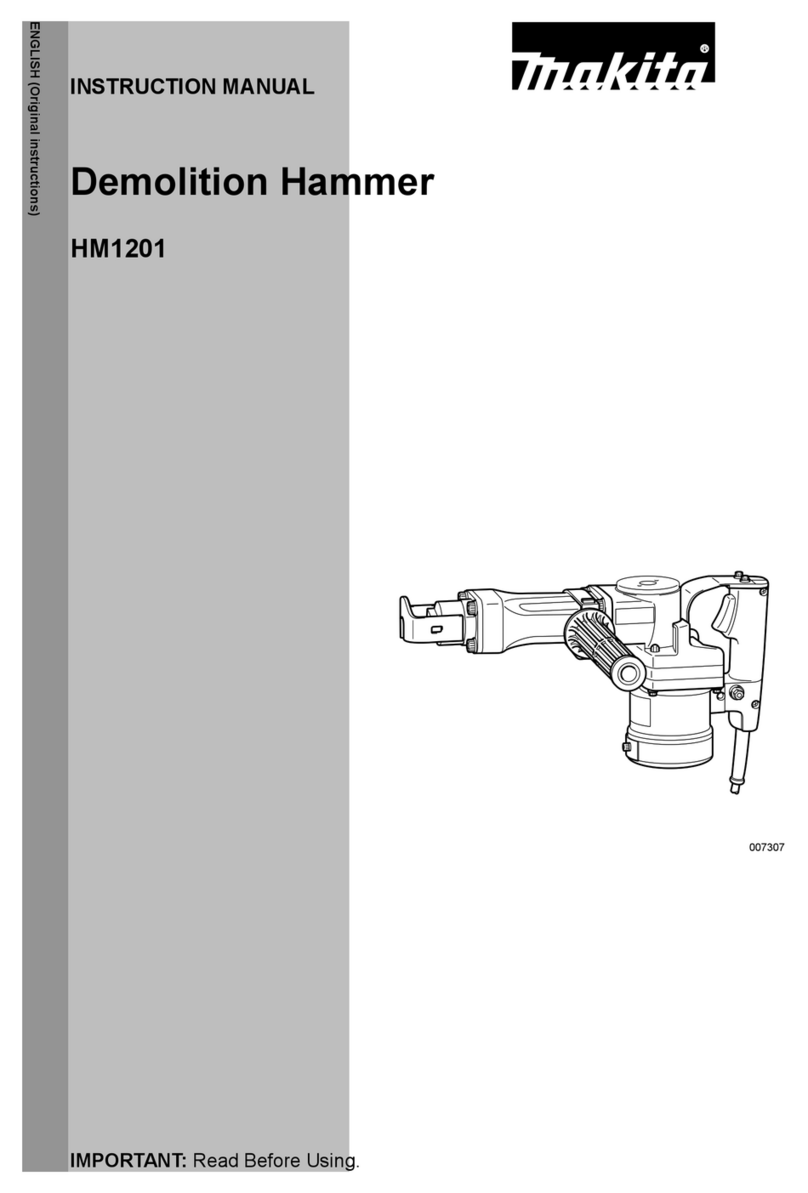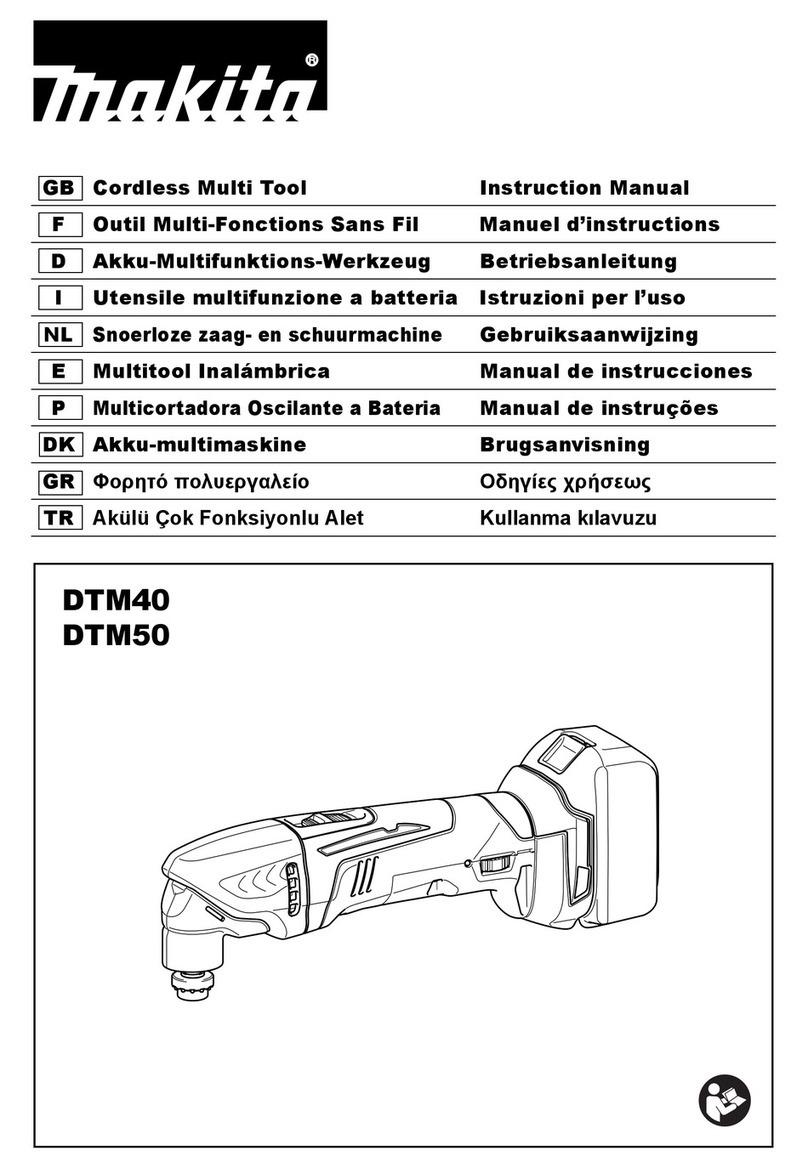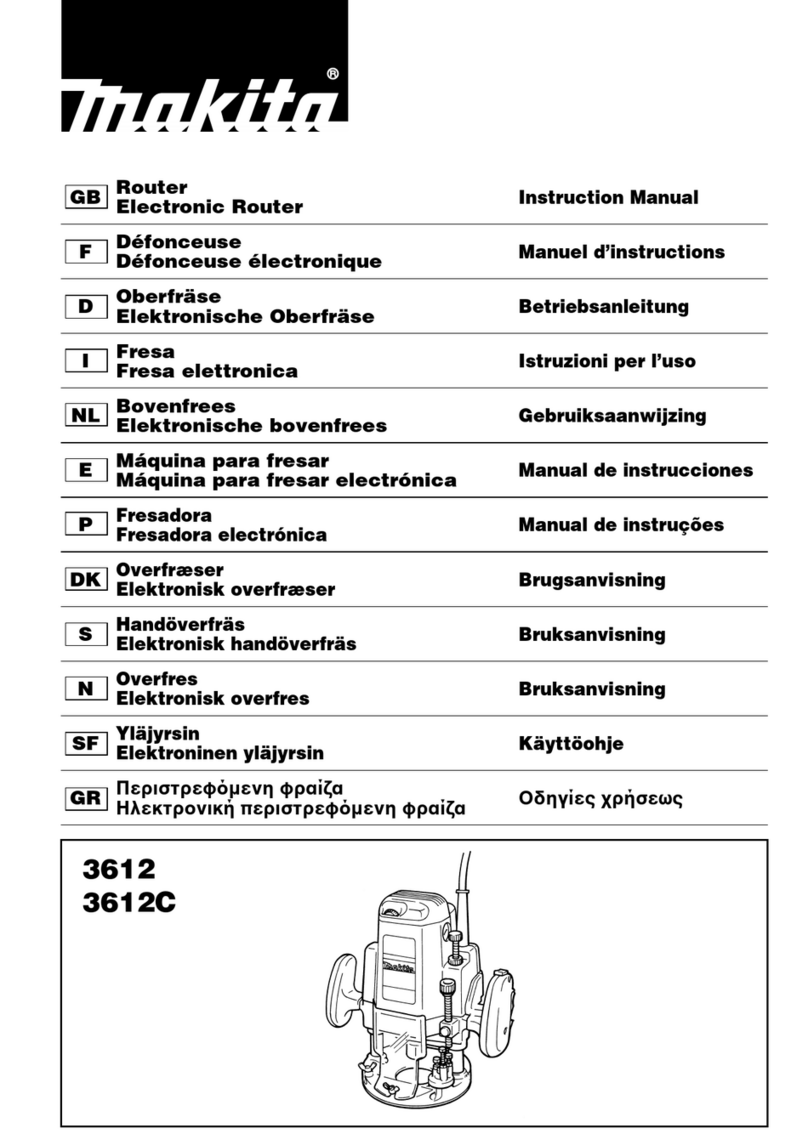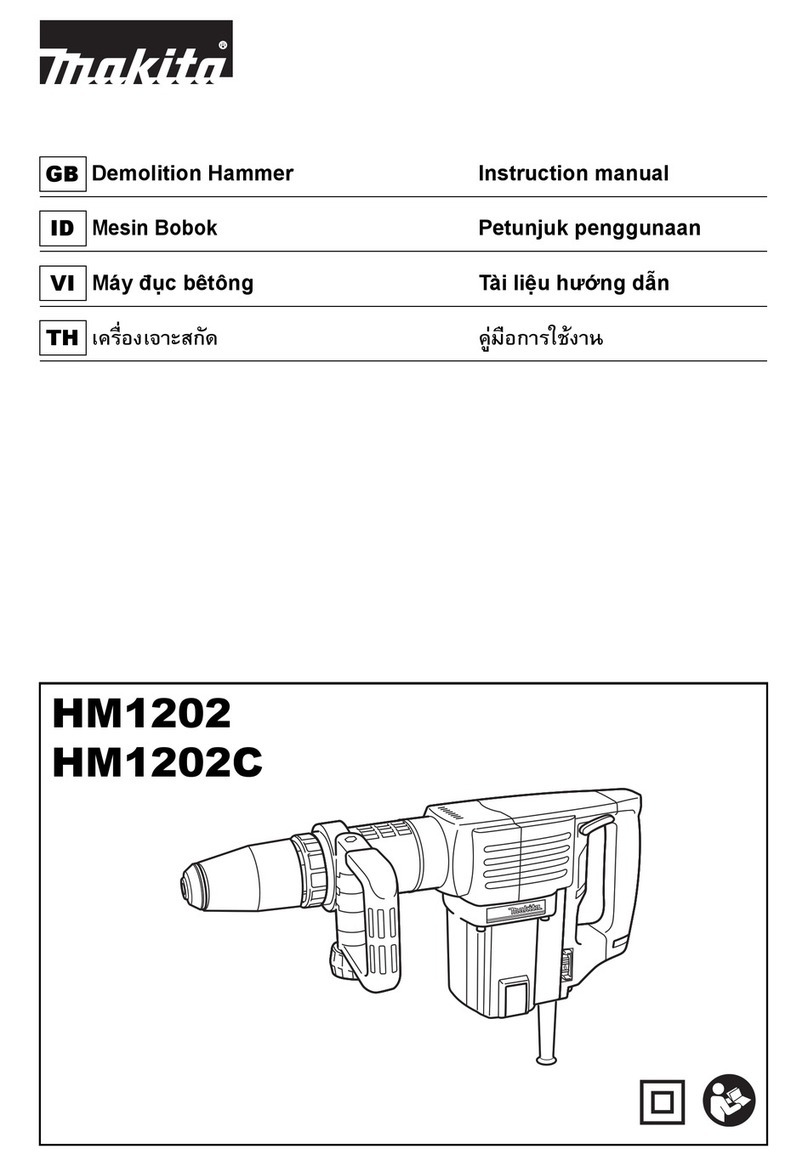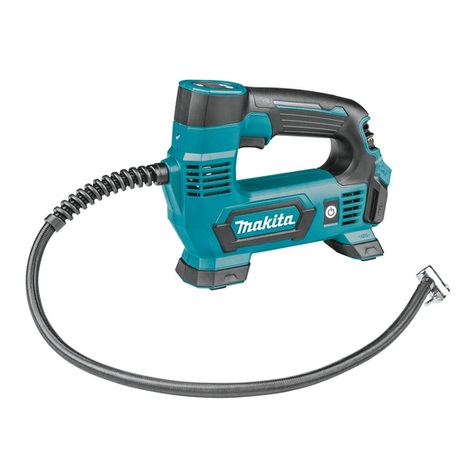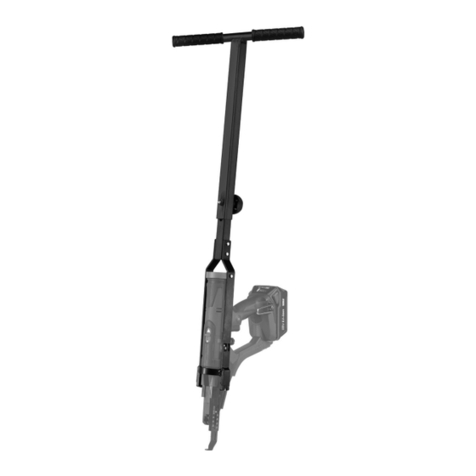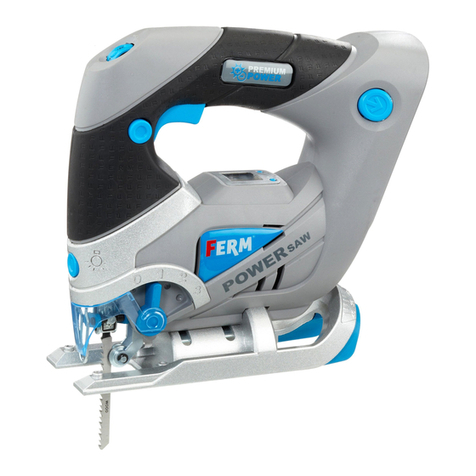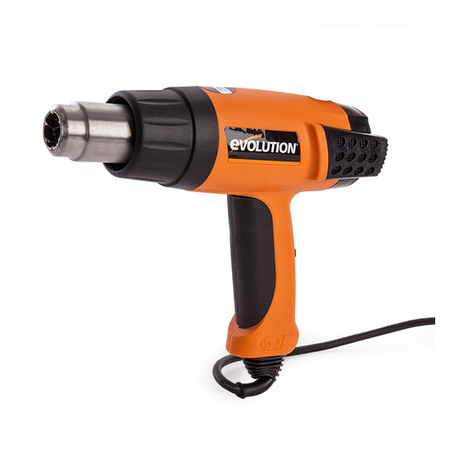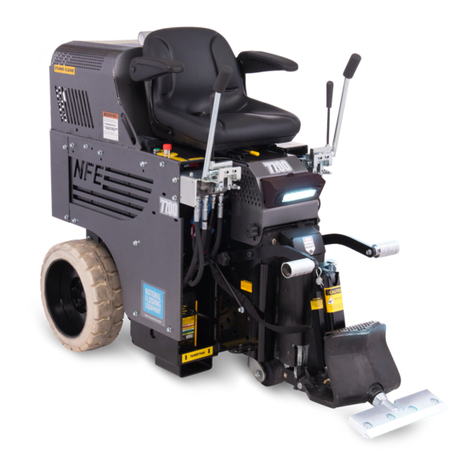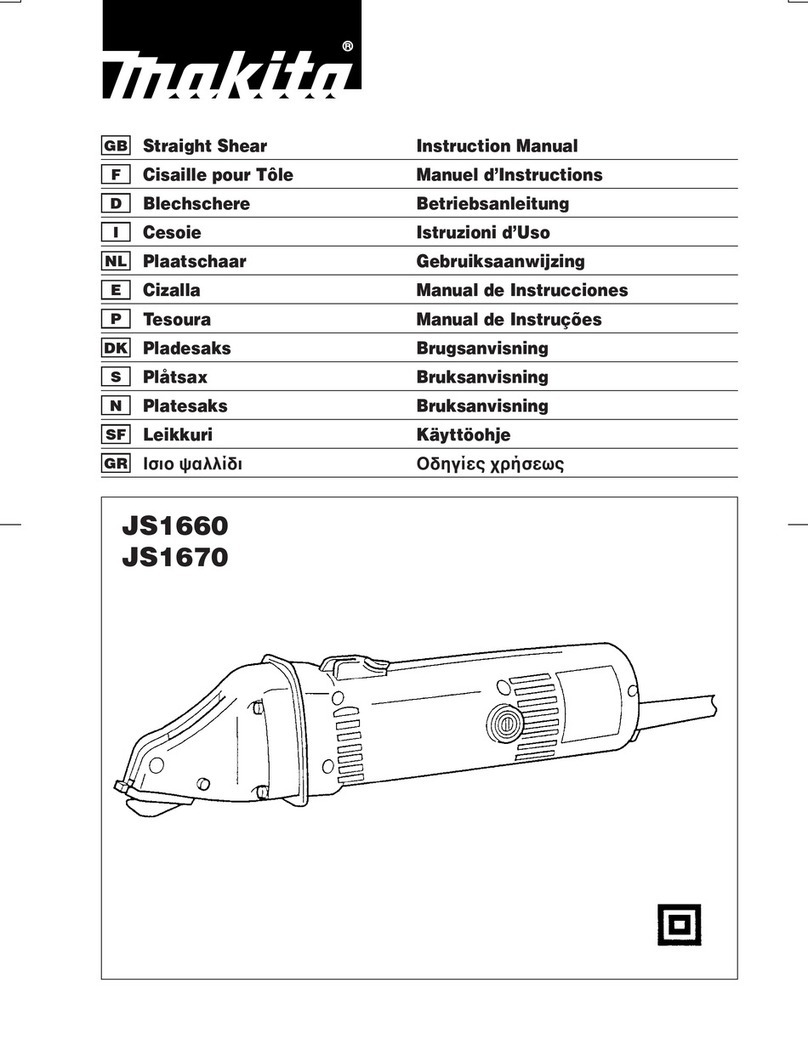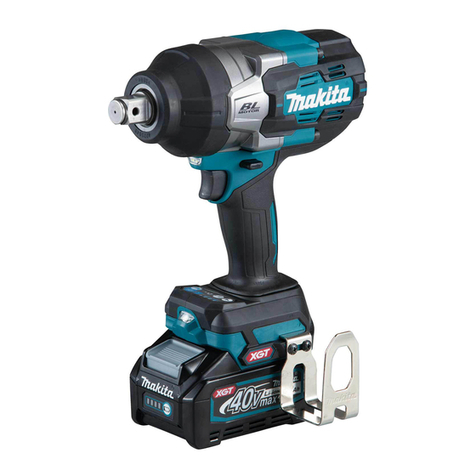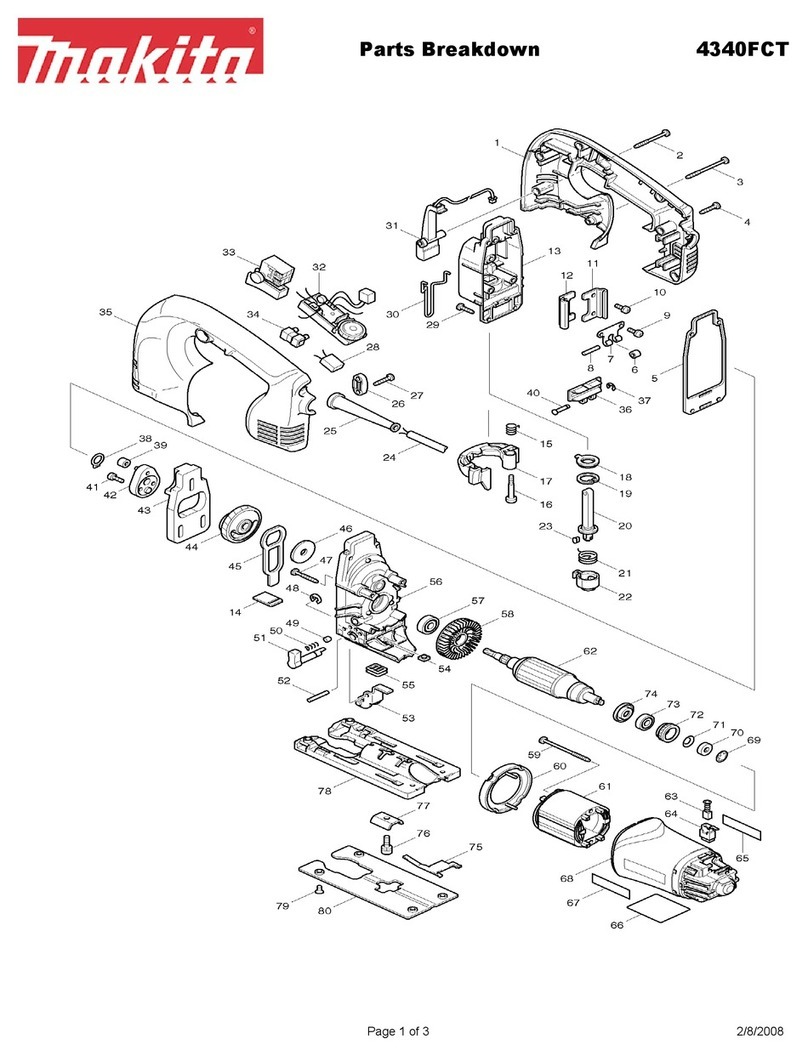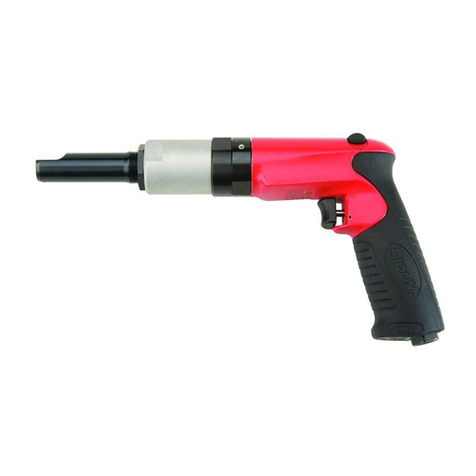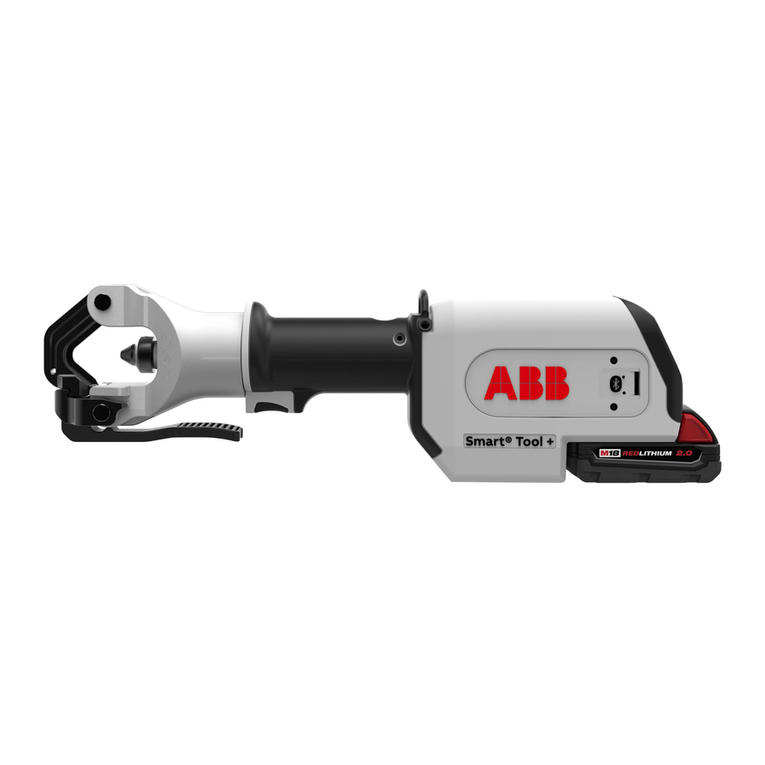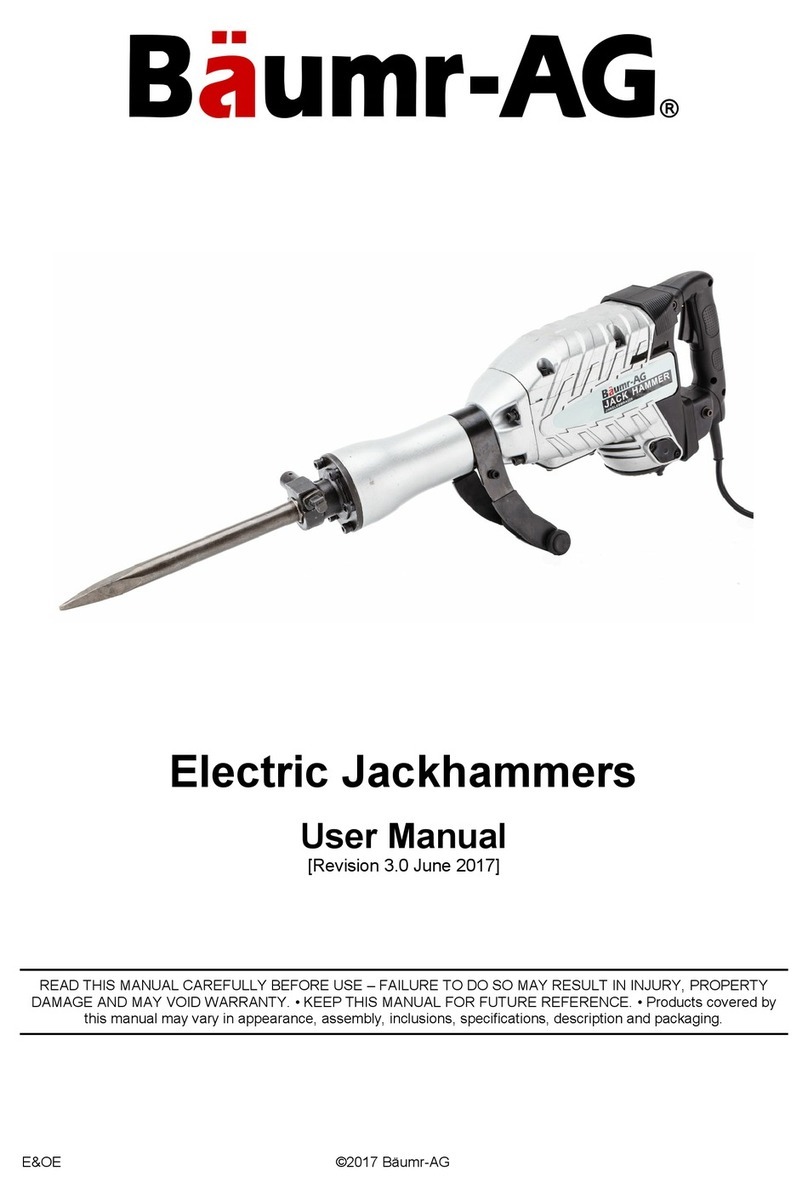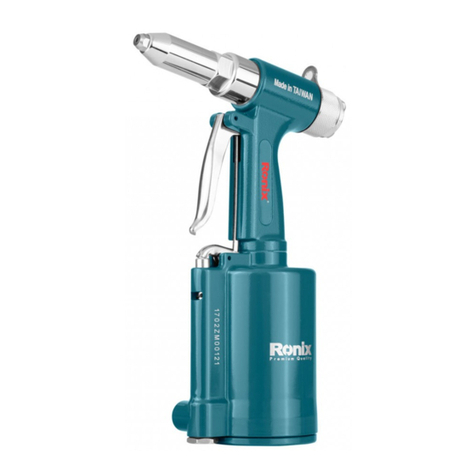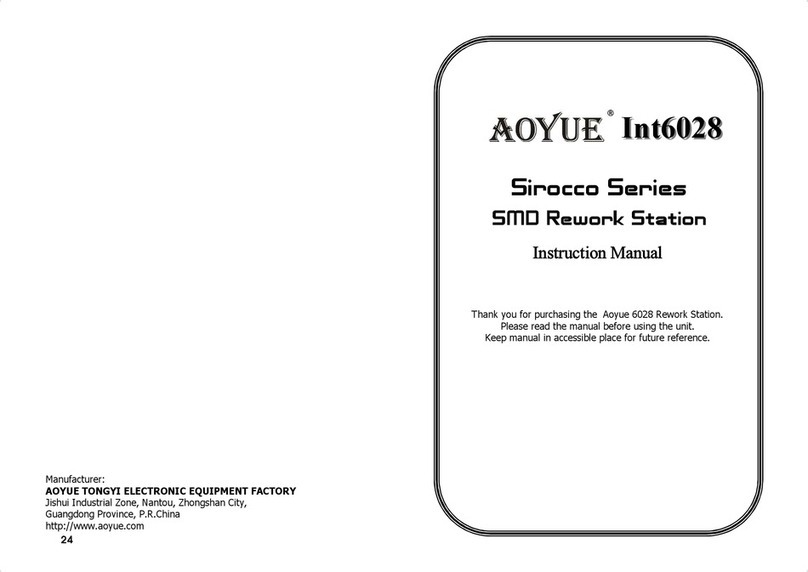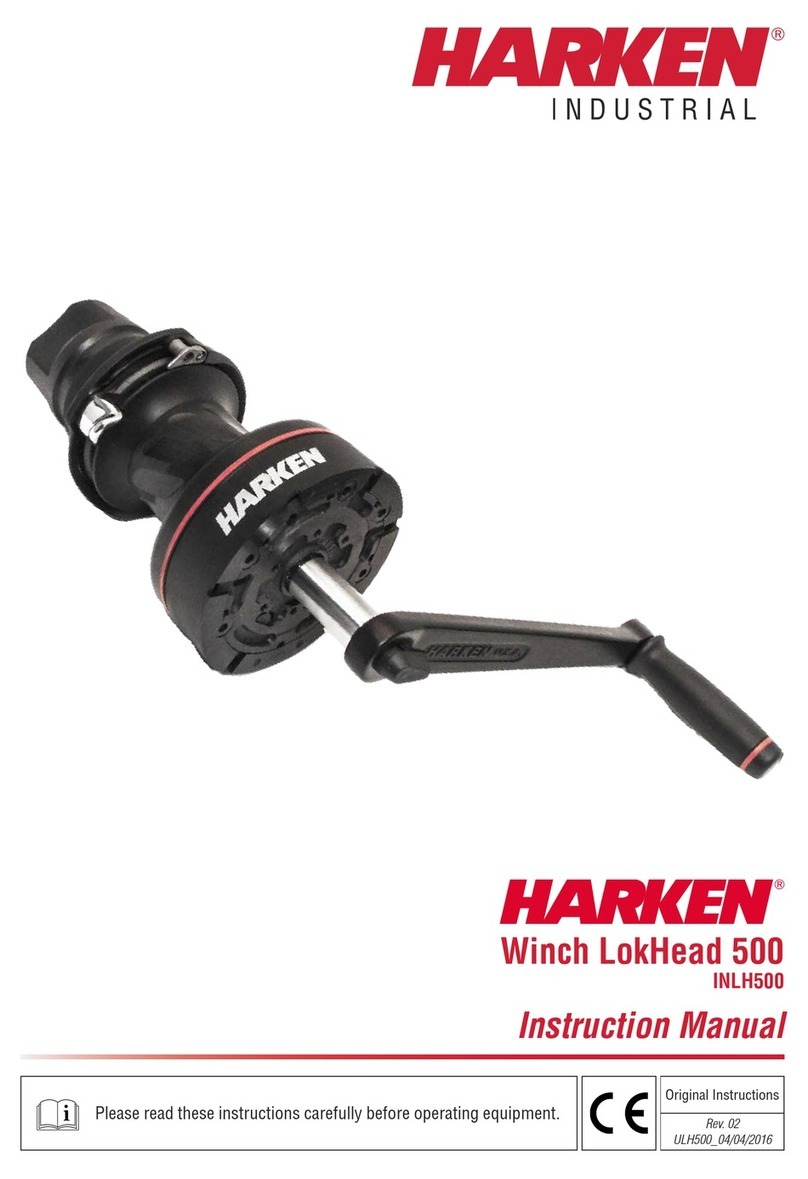Models BTM40, BTM50 are
DC multi tools to compete with the Competitor F’s
Models F1-AC/ F2-AC.
These models have been developed for commercial use,
and their high performance will satisfy professional users
accustomed to AC multi tools.
These products are powered by the following Li-ion batteries:
BTM40 by BL1415/ BL1430 (14.4V-1.3/ 3.0Ah)
BTM50 by BL1815/ BL1830 (18V-1.3*2/ 3.0Ah)
BTM40, BTM50
Model No.
Description
CONCEPT AND MAIN APPLICATIONS
Specification
Dimensions: mm (")
Width (W)
Height (H)
Length (L) 307 (12-1/4)*3/ 324 (12-3/4)*4
80 (3-1/8)
122 (4-13/16)104 (4-1/8)
BTM50BTM40
DC Multi tools
Standard equipment
Note: The standard equipment for the tool shown above may vary by country.
Oscillating multi tool accessories
[equivalent to the Competitor B’s B-system] ............................... 1
Adapter A ....................................................................................... 1 (for some countries only)
Adapter C ....................................................................................... 1 (for some countries only)
Tool box (for storing oscillating multi tool accessories) ................ 1 (for some countries only)
Hex wrench ..................................................................................... 1
Dust attachment set ......................................................................... 1 (for some countries only)
Plastic carrying case or Tool bag .................................................... 1 (for some countries only)
Optional accessories
Weight according to
EPTA-Procedure 01/2003: kg (lbs)
1.7 (3.8)*7, 1.8 (4.0)*8/
1.9 (4.2)*7, 2.0 (4.4)*8
1.8 (3.9)*7, 1.9 (4.1)*8/
2.0 (4.4)*7, 2.1 (4.6)*8
YesVariable speed control by dial
Anti-restart function
Oscillations per minute: opm=minˉ¹
Oscillating multi tool accessories
*5: for some countries only
*6: for North and Central American countries
*7: with Battery and Vacuum attachment, without Sanding pad
*8: with Battery, Sanding pad, and Vacuum attachment
6,000 - 20,000
Oscillation angle, left/right: degree [°] 1.6 (3.2 total)
Makita oscillating multi tool accessories
equivalent to the Competitor B’s B-system
Soft start Yes
Electronic
control
Yes
Oscillating multi tool accessories
[equivalent to the Competitor B’s B-system]
Tool box (for storing oscillating multi tool accessories)
Dust attachment set
Triangular abrasive papers (Hook & loop type)
Adapter A
Adapter C
Li-ion battery BL1415 (for BTM040)
Li-ion battery BL1430 (for BTM040)
Li-ion battery BL1815 (for BTM050)
Li-ion battery BL1830 (for BTM050)
Fast charger DC18RA
(for USA, Canada, Guam, Panama, Colombia, Mexico)
Fast charger DC18RC
(for all countries except the countries above)
Charger DC18SD
Charger DC24SC
Automotive charger DC18SE
PRODUCT
P 1/10
These new products are available in several variations
with various accessories by country.
W
L
H
BTM40*4
BTM50*4
Specification Model
Battery
Cell
Voltage: V
Capacity: Ah
Li-ion
14.4 18
BTM40 BTM50
1.3 (1.5*5)/ 3.01.3/ 3.0
Max output: W 300280
Energy capacity: Ah 24 (27*5)/ 5419/ 44
15/ 22 with DC18RC (DC18RA*6)Charging time (approx.): min.
YesLED Job light
TECHNICAL INFORMATION
*3 with 1.3Ah Li-ion battery of BL1415 or BL1815
*4 with 3.0Ah Li-ion battery of BL1430 or BL1830
*2 1.5Ah for some countries
OFFICIAL USE
for ASC & Sales Shop
